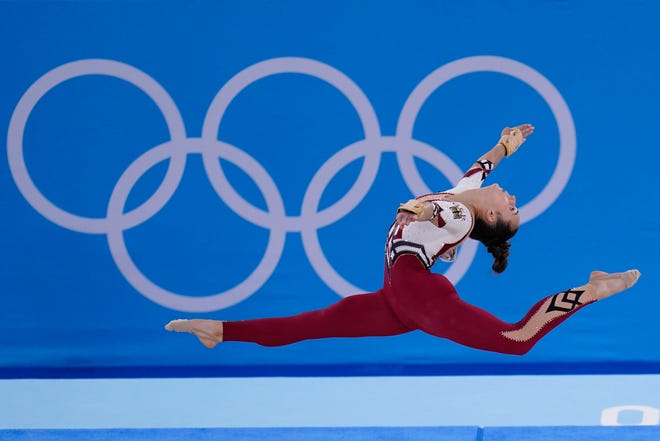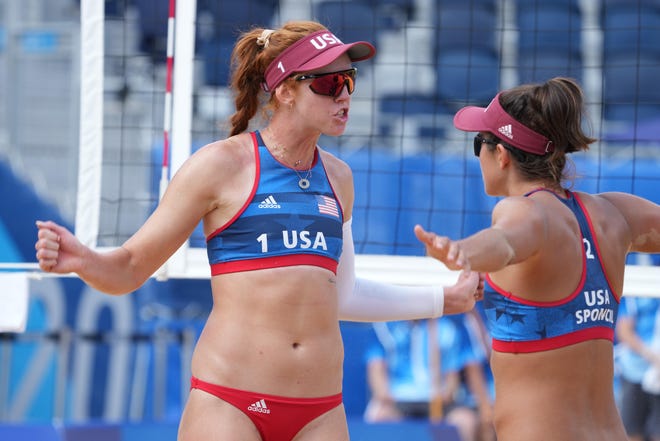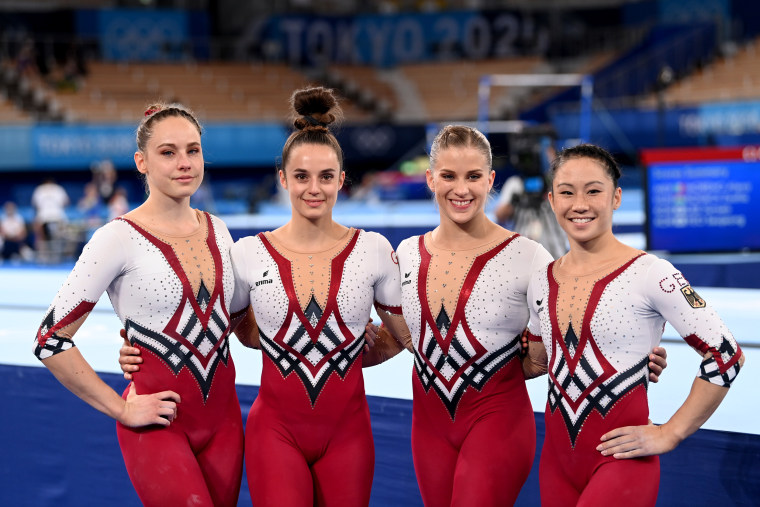Post by Admin on Jul 26, 2021 23:25:16 GMT
The German women's gymnastics team has forgone bikini-cut unitards in favor of full-body versions at the Tokyo Olympics, in what the German Gymnastics Federation has branded a statement against "sexualization."
The suits, which the team wore in their qualifications at the 2020 Tokyo Olympics on Sunday, cover the legs to the ankle and are in contrast to the high-cut leotards worn by many other female gymnasts at the Olympics.
"It's about what feels comfortable," German gymnast Elisabeth Seitz said. "We wanted to show that every woman, everybody, should decide what to wear."
This is the first and last time I am likely to say this, but: Good for the International Gymnastics Federation, which — unlike so many athletic authorities represented at the Olympics this year — is opting not to pursue sexist, archaic policy just for the hell of it. In contrast to *some* global sports federations (cough, the International Handball Federation, cough) you might know, the IGF is perfectly fine with women gymnasts opting for less-revealing uniforms. See: the German women’s gymnastics team, competing in full-body unitards at the Olympics and not facing any fines for it. Incredible precedent, no?
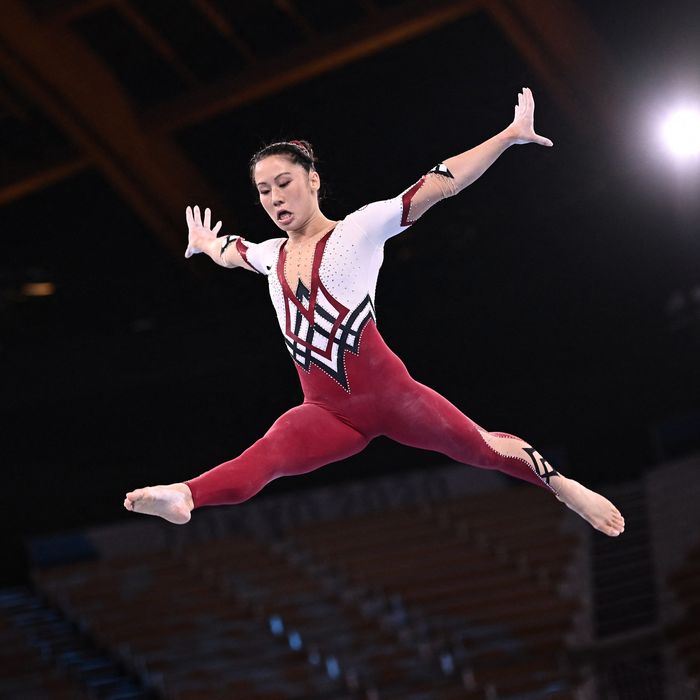
The team first wore its unitards in April at the European championships, with the German Gymnastics Federation describing the outfitting choice as a “statement against sexualization” that allowed competitors to “present themselves aesthetically, without feeling uncomfortable.” Typically, women’s teams wear bikini-cut leotards, but the German design — which covers the arms and legs, more like the uniforms worn by men’s teams — is “about what feels comfortable,” German gymnast Elisabeth Seitz told CNN. “We wanted to show that every woman, everybody, should decide what to wear.” Going forward, the team will decide which style to wear “day by day, based on how we feel and what we want.”
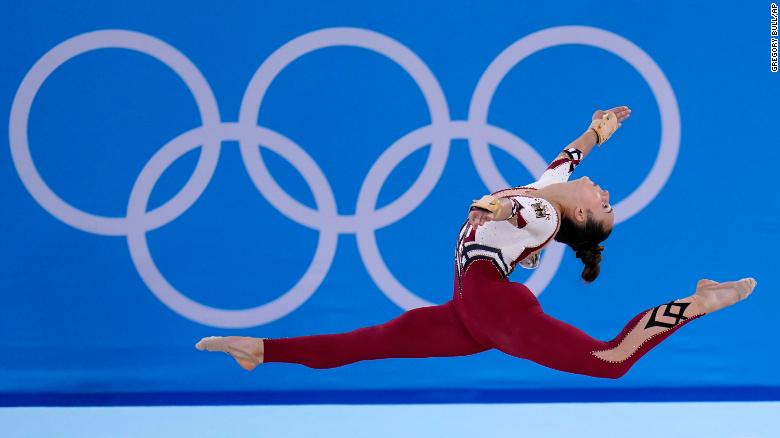
What’s more, the IGF allows athletes that flexibility, giving sleeves and leg coverage the okay as long as everything matches. Its attitude stands in contrast to, say, the International Handball Federation, which recently fined the Norwegian women’s beach team for competing in sports bras and tiny little shorts, rather than the federation’s preferred bikini bottoms. Meanwhile, no one is making the men wear crop tops and Speedos, a discrepancy that feels gendered and also unfair on multiple levels. Plus, as one Norwegian player pointed out, making skimpy little outfits the bar for entry stands to alienate would-be players who don’t want to show that much skin.
The suits, which the team wore in their qualifications at the 2020 Tokyo Olympics on Sunday, cover the legs to the ankle and are in contrast to the high-cut leotards worn by many other female gymnasts at the Olympics.
"It's about what feels comfortable," German gymnast Elisabeth Seitz said. "We wanted to show that every woman, everybody, should decide what to wear."
This is the first and last time I am likely to say this, but: Good for the International Gymnastics Federation, which — unlike so many athletic authorities represented at the Olympics this year — is opting not to pursue sexist, archaic policy just for the hell of it. In contrast to *some* global sports federations (cough, the International Handball Federation, cough) you might know, the IGF is perfectly fine with women gymnasts opting for less-revealing uniforms. See: the German women’s gymnastics team, competing in full-body unitards at the Olympics and not facing any fines for it. Incredible precedent, no?

The team first wore its unitards in April at the European championships, with the German Gymnastics Federation describing the outfitting choice as a “statement against sexualization” that allowed competitors to “present themselves aesthetically, without feeling uncomfortable.” Typically, women’s teams wear bikini-cut leotards, but the German design — which covers the arms and legs, more like the uniforms worn by men’s teams — is “about what feels comfortable,” German gymnast Elisabeth Seitz told CNN. “We wanted to show that every woman, everybody, should decide what to wear.” Going forward, the team will decide which style to wear “day by day, based on how we feel and what we want.”

What’s more, the IGF allows athletes that flexibility, giving sleeves and leg coverage the okay as long as everything matches. Its attitude stands in contrast to, say, the International Handball Federation, which recently fined the Norwegian women’s beach team for competing in sports bras and tiny little shorts, rather than the federation’s preferred bikini bottoms. Meanwhile, no one is making the men wear crop tops and Speedos, a discrepancy that feels gendered and also unfair on multiple levels. Plus, as one Norwegian player pointed out, making skimpy little outfits the bar for entry stands to alienate would-be players who don’t want to show that much skin.

